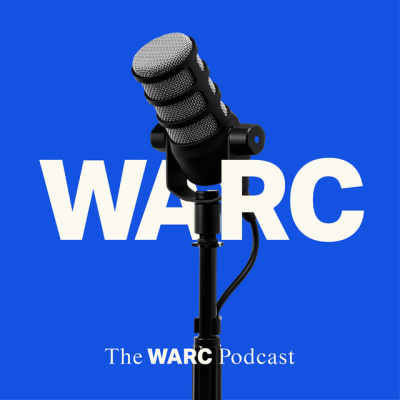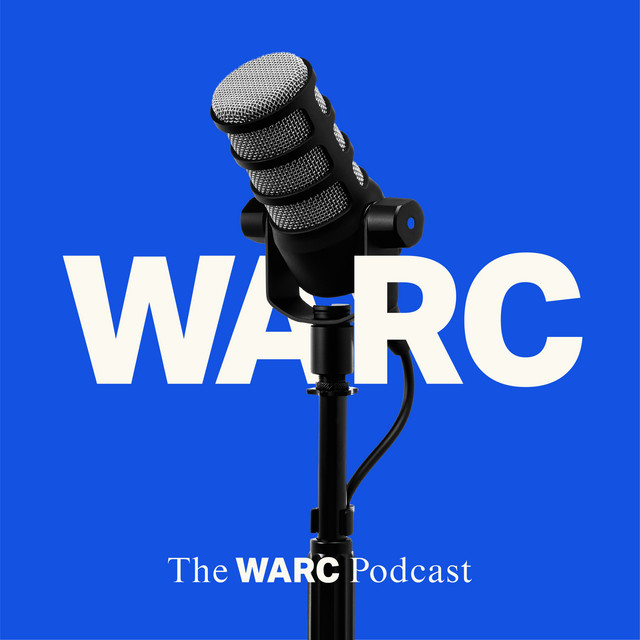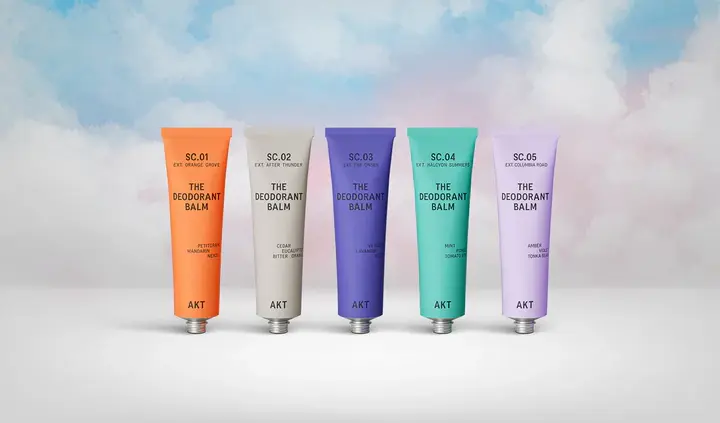Charlie Oscar Feed
Updated 2 weeks ago
The True Value of Creator Marketing
Spotify
MMM 101: What is Marketing Mix Modelling?
Linkedin
How Heights Unlocked the Creator Playbook & Cracked ROI
Youtube
Fix the Flex or Fail: Your guide to a Flexible First workplace.
Youtube
Cannes Vlog: We Met Louis Theroux
Linkedin
Everybody's Talking About Influencers: Episode 2
Linkedin
Dan Wilson
Chief Data Officer
How to Prove the Value of Creator and Influencer Marketing
Sasha Jeppesen
Head of Content & Creative
How AI Can Revolutionise Product Seeding Campaigns to Predict Influencer Success
Hannah Cooke
Head of Client Strategy
Maximising Paid Media ROI with AI: How to Make Smarter Ad Spend Choices
From Data to Decisions: How AI Powers Marketing Analytics
Dan Wilson
Chief Data Officer
Next-Gen Customers Live Omni-channel
Hannah Cooke
Head of Client Strategy
Hyper-personalisation at Scale: Leveraging AI for 1:1 Marketing
Hannah Cooke
Head of Client Strategy
How to Future-Proof Your Marketing Strategy in 2025: 5 Essential Steps
Aoife Diamond
Marketing Manager
Charlie Oscar Announces Sponsorship with Todd Clements
Aoife Diamond
Marketing Manager
Securing 300,000+ orders in 3 months for AKT London
Dan Wilson
Chief Data Officer
The Next-Gen Synergy Effect
Aoife Diamond
Marketing Manager
Charlie Oscar Presents: The Trifecta of Marketing Measurement
Aoife Diamond
Marketing Manager
Charlie Oscar Presents: Tangle Teezer’s Omnichannel Marketing Strategy
Aoife Diamond
Marketing Manager
Brand Obsession: Next-Gen’s New Currency
Aoife Diamond
Marketing Manager
Next-Gen Audiences: A Transformative Playbook for Growth
Hannah Cooke
Head of Client Strategy
How to launch on TikTok Shop
Yexuan Li
Senior Paid Search Executive
Sleigh the season and win the shortened 2024 holiday window
Dan Wilson
Chief Data Officer
Charlie Oscar Presents: From Last Click to Full-Funnel Attribution
Aoife Diamond
Marketing Manager
Navigating the Next-Gen web
Aoife Diamond
Marketing Manager
Charlie Oscar Extends Partnership with Tangle Teezer
Hannah Cooke
Head of Client Strategy
YouTube Ads: The Hidden Growth Driver You’re Overlooking
Dan Wilson
Chief Data Officer
Unlock the Missing 45% of Your Marketing Impact: A 5 Point Framework to Boost Omnichannel Performance
Hannah Cooke
Head of Client Strategy
Are Some Retail Brands Their Own Worst Enemy?
Aoife Diamond
Marketing Manager
Partnering with University of Cambridge to provide real-world data for economics students
Sasha Jeppesen
Head of Content & Creative
Unlocking the Power of Influencer Whitelisting: Top Tips for Brands and Creators in 2025
Load More
Our Website uses Cookies to ensure you get the best experience on our Website. For more information, please visit our Privacy Policy .
Google Analytics
We use Google Analytics to understand how visitors use our site so we can improve your experience. Data is collected in an anonymised form and isn’t linked to personal information.
Hubspot Marketing
We use Hubspot for Website analytics and marketing automation. This data is anonymous unless you fill in a form and your contact details are added to our database with your consent.
Accept
Accept
Read More
Read More










